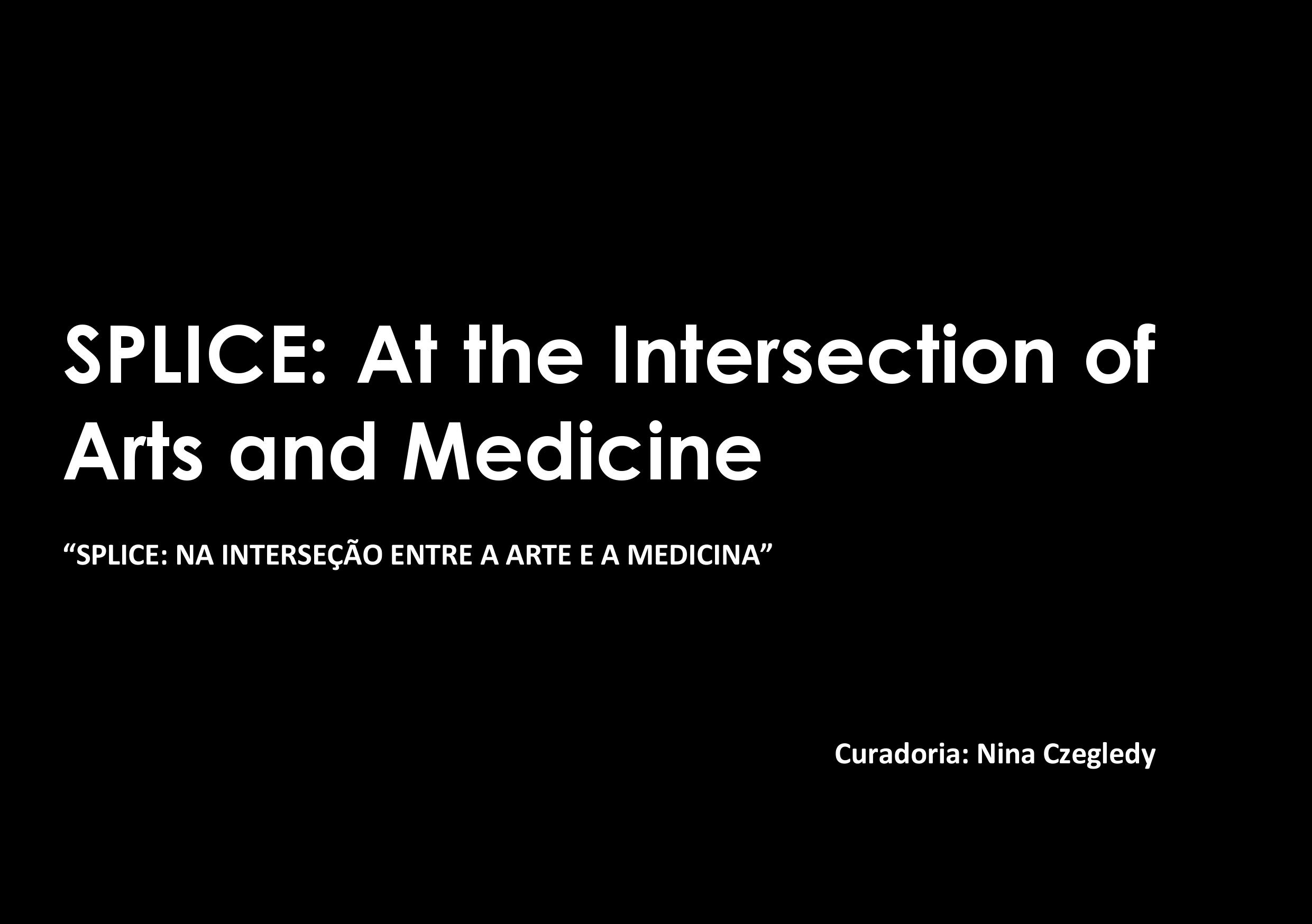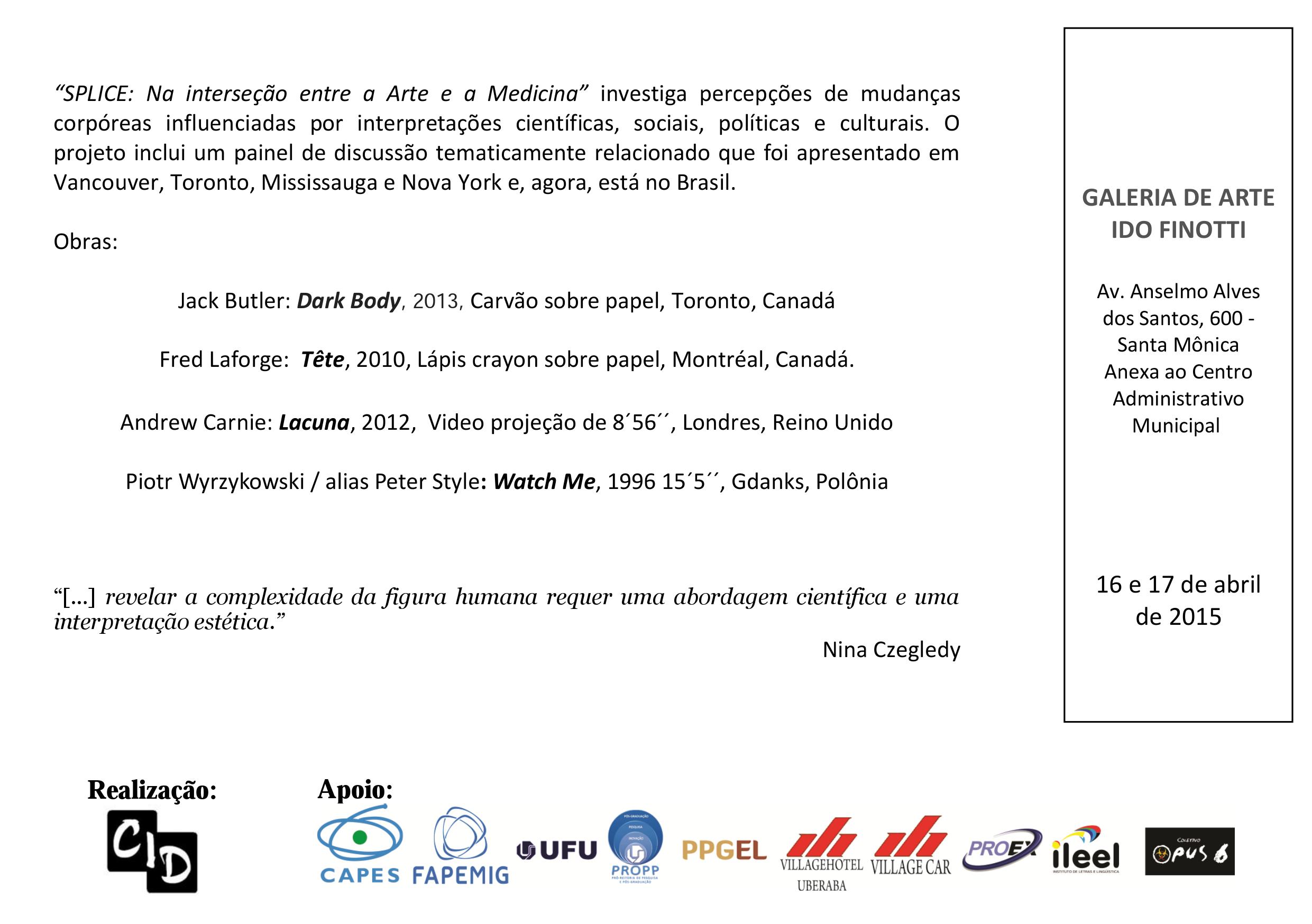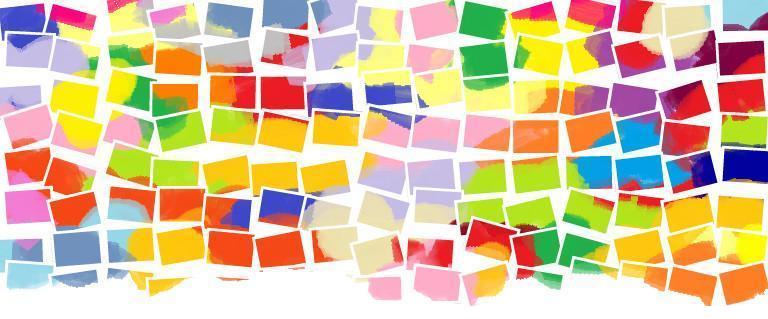III Colloquium of the Research Group Body and Image in Discourse
Body, gender/genra, hybridisms: limits and borders in digital age
April 16 – 17 , 2015 Uberlândia – MG – Brazil
In a historical stratum in which language practices are affected and mirror a tendency towards digital convergence (JENKINS, 2006; CANCLINI, 2008), and in which the availability and circulation of contents of different types, in different platforms and kinds of media happens both by institutional regulations and in the form of cooperations and movements of self-organization of different groups and because of the technological possibilities, theories and analytical methods about language must respond to such forms of functioning, in an effort and epistemological exercise to understand the conditions of enunciation and visibility and the orders that constitute the senses today. We state and occupy spaces so as to make our bodies, looks and social identifications visible more and more. We are spectators, netizens, media agents, consumers and producers of arts and hybrid textual types that we learn by different media. The presence of the image as a constructor and operator of social memory in the process of colonization (GRUZINSKI, 1990) is enhanced by access to digital tools and spaces.
Under these conditions, the body not only adapts and changes the language practices it engages in (as of reading, writing, looking at pictures, listening to audio and video files at the same time, typing and surfing the internet with touches on sensitive screens of mobile devices or not), it can also be seen in mixed environments and textualities that the information and communication technologies make possible. It is, therefore, to a sense of a body of language, of the cyborg type, as Haraway (1991) explains it, who is not affiliated with a narrative of origin in the Western humanist sense, and which is an organic machine that transcends boundaries and heterogeneous spaces that we refer when we think about the issue of gender. It is to a broad sense of gender/genre that we refer to: feminine, masculine, hybrid, digital, between borders or post-frontiers (HARAWAY, idem), ontologically machinic (DELEUZE and GUATTARI, 1976) , enunciated and visible in different forms, media and digital spaces. It is also to a sense of text, as a unit of analysis, but plural in its forms and elements, also hybrid, that we refer to. It is within a discursive perspective, in its interlacings and dialogues with other disciplines, that we propose to discuss such aspects on gender/genre and the possible methodologies of analysis and theories.
Keynote speakers
Joaquim Braga (Universidade de Coimbra)
Nina Czegledy (University of Toronto/Concordia University)
Plenary Sessions
Nilton Milanez (UESB)
Nádia Nádia Régia Maffi Neckel (UNISUL)
Cleudemar Alves Fernandes (UFU)
Greciely Cristina da Costa (UNIVÁS)
Fábio Figueiredo Camargo (UFU)
Ismara Eliane Vidal de Souza Tasso (UEM)
Simone Tiemi Hashiguti (UFU)
William Mineo Tagata (UFU)
Steering Committee
Dr. Simone Tiemi Hashiguti (UFU)
Dr. William Mineo Tagata (UFU)
Giselly Amado (UFU)
Danilo Côrrea Pinto (UFU)
Cristiane Araújo (UFU)
Dayse Bruna de Oliveira (UFU)
Débora Silva Costa (UFU)
Felipe Bezerra Marques (UFU)
Isabella Zaiden (UFU)
Janot Lellis (UFU)
Luiz Sérgio Amaral Resende (UFU)
Maria Aparecida Viegas de Melo (UFU)
Scientific Committee
Dr. Cláudia Marinho Wanderley (UNICAMP)
Dr. Beatriz Maria Eckert-Hoff (UNICSUL/UDF)
Dr. Cristiane Carvalho de Paula Brito (UFU)
Dr. Juliana Santana Cavallari (UNIVÁS)
Dr. Nilton Milanez (UESB)
Dr. Simone Tiemi Hashiguti (UFU)
Dr. William Mineo Tagata (UFU)
Organization
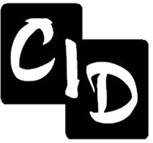
Sponsors
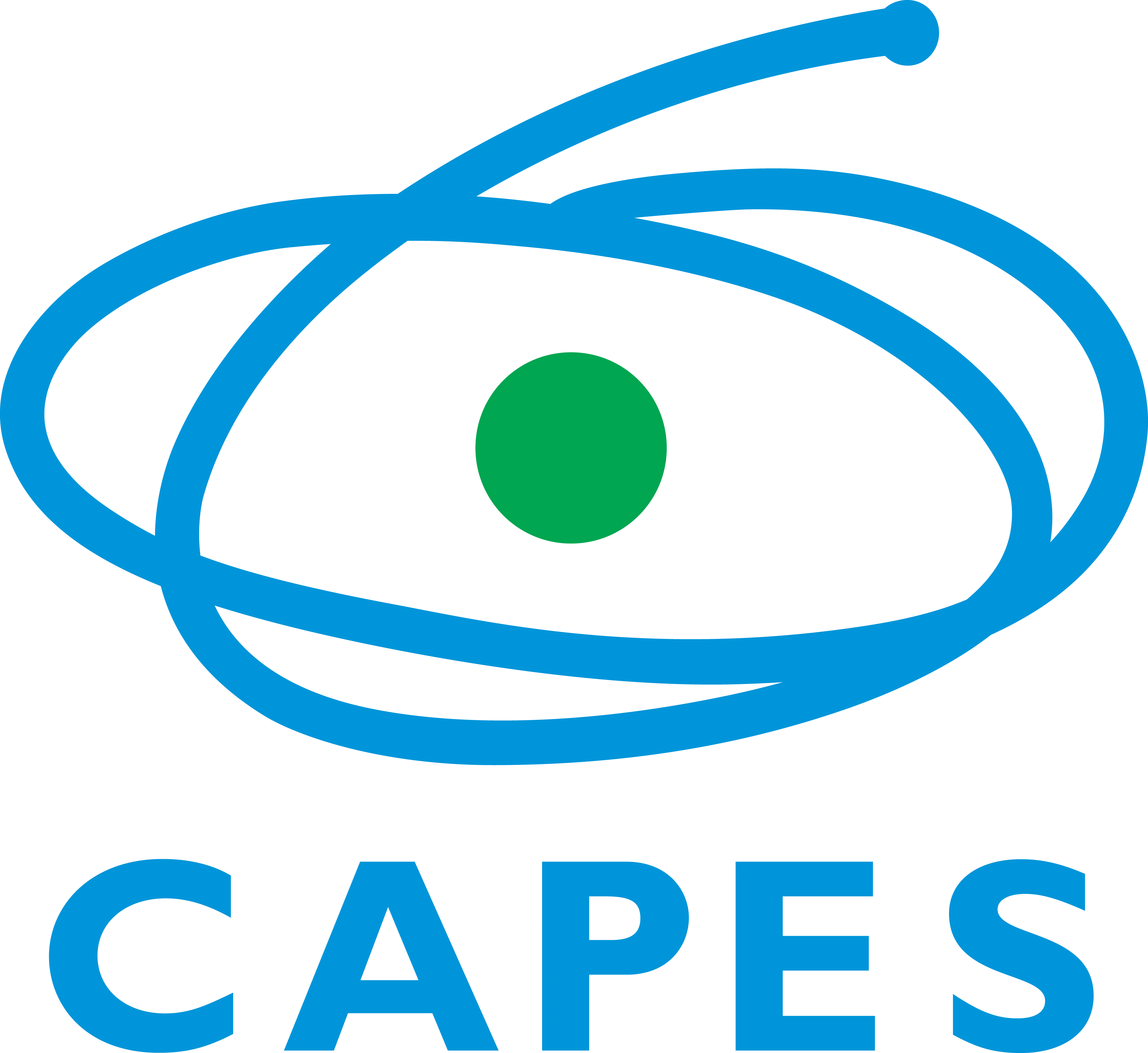
![]()
![]()
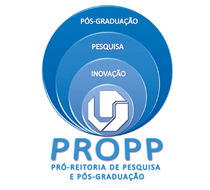

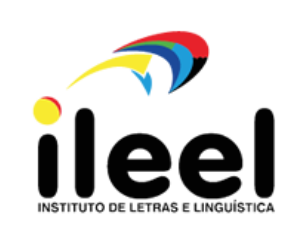
![]()
![]()
Exhibition
